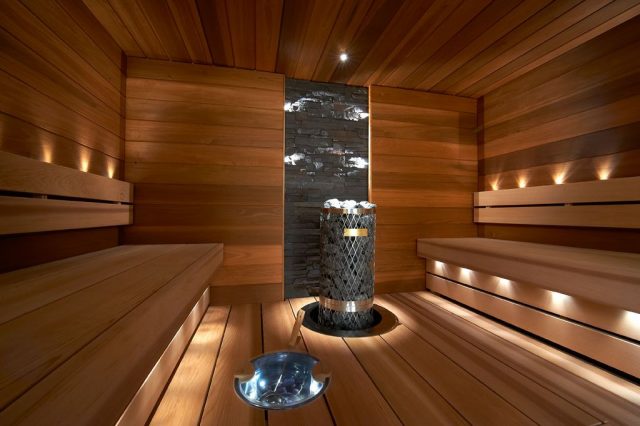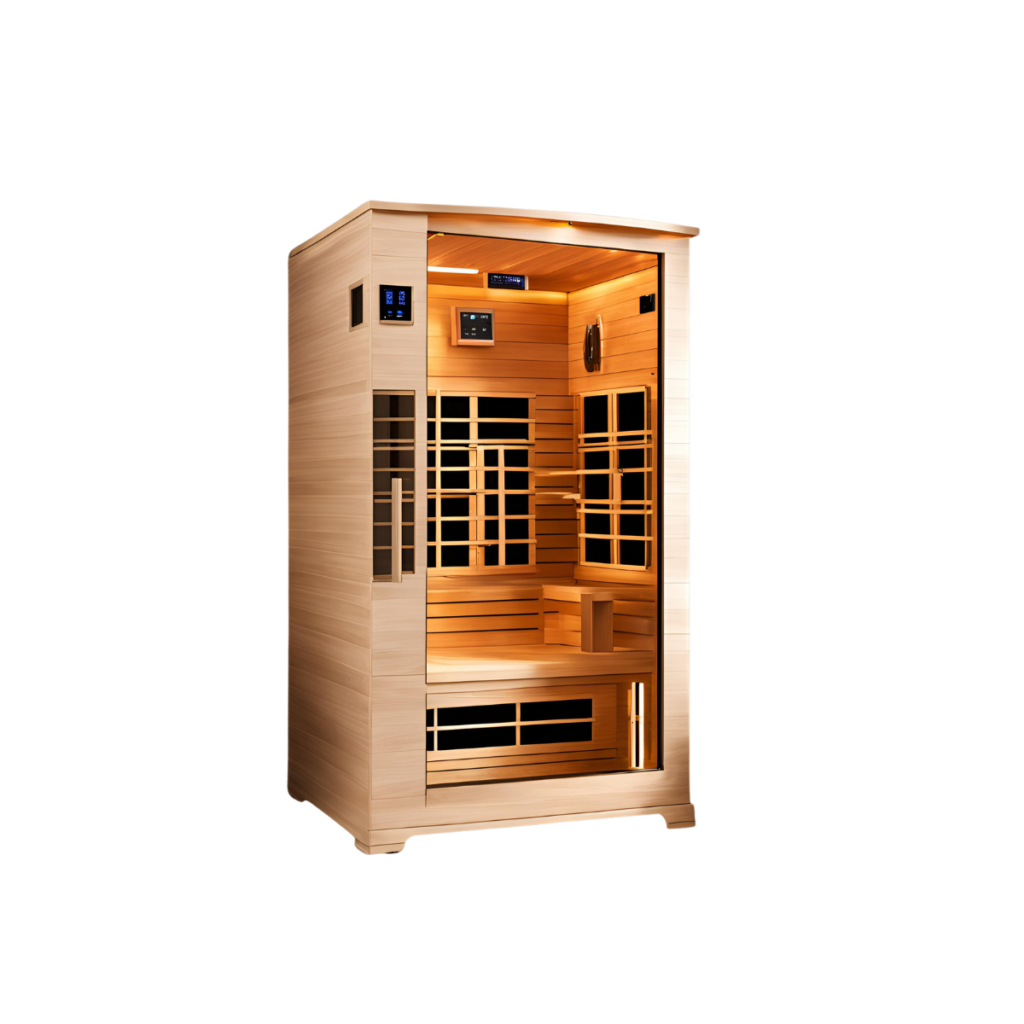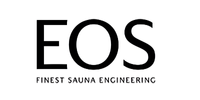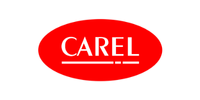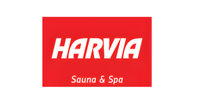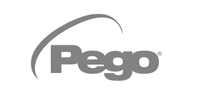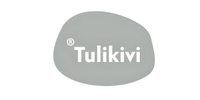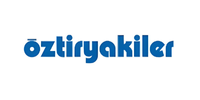Technical Data and Project Guidelines for Sauna Applications
Sauna Types and Usage Areas
Dry Sauna: 5-20% humidity, 70-100 °C temperature. Common in spa, hotel and villa applications.
Buharlı (Steam) Sauna: %100 nem, 40–50 °C sıcaklık; sağlık merkezleri ve terapi odaları için idealdir.
Infrared Sauna: Uses infrared heating panels, temperature between 40-60 °C, low energy consumption.
MODERN SAUNAS
New Generation Compact Saunas: Ultimate Comfort, Maximum Efficiency and Smart Technology
New generation compact saunas reach the target temperature in a short time with double-layer thermal insulation and innovative resistance design, while reducing energy consumption by 20-30%. Ergonomic wooden ottomans and digital control panels offer remote control via Wi-Fi/Bluetooth connection, while integrated LED lighting and aroma module complete the spa comfort.
"The Key to Quality in Sauna: Nature's Best Trees!"🌿🔥
WDT
1. Project Design and Technical Design
In modern sauna projects, the “Project Design and Technical Design” phase is a holistic process that is not only limited to space dimensions, but also addresses user thermal comfort, energy efficiency and advanced automation requirements together.
Instant sharing of project data with all stakeholders through BIM-based 3D models accelerates design approval processes while minimizing implementation errors.
2. Material Preparation and Stabilization
CNC milling is used to machine water channels and ventilation ducts into cedar surfaces with a resolution of 0.1 mm, laser cutting technology shapes corners and decorative carving details with a precision of 0.05 mm, reducing burning to less than 0.1%, and surface smoothing with P180-P240 grit automatic sanders controls curvature tolerance down to 0.3 mm/m². This process ensures both durability and aesthetic integrity in the final product.
"The Key to Quality in Sauna: Nature's Best Trees!"🌿🔥
WDT
3. Heating System Installation
The resistance group and infrared panels are placed 1.2-1.5 m above the cedar height and at a distance of at least 10 cm from the walls to prevent the formation of “cold spots” according to the in-room heat map simulation; in dry saunas, the marble or volcanic stone chamber is centrally positioned to distribute the heat homogeneously around the resistance and fixed with cast iron support legs without vibration.
4. Ventilation and Humidity
The sustainability of sauna comfort and hygiene is directly linked to proper ventilation and humidity control. This step aims to keep the indoor air fresh, prevent condensation and maintain the set relative humidity (RH) value. In addition, real-time monitoring of heat and humidity sensors ensures that the system operates in dynamic balance, optimizing both energy efficiency and indoor health.
WDT
5. Final Checks and Quality Tests
In the final controls, mechanical assembly is tested by 3D laser scanning and blower door tests for compliance with ±1 mm/m² and 0.2 m³/h-m² sealing criteria; 500 V insulation and <10 Ω grounding measurements in electrical systems; thermal performance is confirmed with ±0.5 °C accuracy on ramp from 40 °C to 80 °C. BMS integration is tested via MQTT with <0.1 % packet loss and <50 CFU/cm² hygiene guarantee after UV-C disinfection. Factory and field acceptance tests (FAT & SAT) are carried out with customer approval and project delivery is completed with TSE EN/CE certified complete documentation.








